SummaryAirport Rating ***** Reception of locals ****3/4 Cost: ££
Chaotic, loud and dirty, yet with a raw beauty I haven't seen replicated anywhere else for a city its size. Naples is without a doubt one of my favourite cities that I have visited. With a history stretching back almost three millennia, scenery that includes a volcano, a port and architecture rivalling Rome, and a culinary reputation surpassing most other cities, Naples should be near to the top of everyones must visit list. In many ways the city is similar to the Barcelona of 15-20 years ago - that raw beauty and a local/traditional essence is still there and tourism is not yet the all encompassing feature that I am sure it will become. I visited Naples for four days, and below are my observations and reviews of a city that I think is comfortably in the top 5 of my favourite cities globally. The rise, fall and rise of NaplesNaples has a recorded history stretching back over 2,500 years and was first settled by the Greeks of Rhodes and Syracuse as a Greek colony. The Romans knew and respected the city of Naples as a centre of Greek culture and the inhabitants of the city continued to speak their Greek language. This influence can still be felt today, the city's colour, a light blue, is in reference to its Hellenic past. For much of its history, Naples was one of the largest and richest cities in the Mediterranean. At first a trading port for Greek colonists, it grew into a large Roman city and then finally the capital of a number of Duchies and Kingdoms, being fought over by the Byzantines, Normans, French and Spanish. Naples' fortune took a turn for the worst following Italian unification in 1861. For the preceding half a century, the city was the prosperous capital of the Kingdom of the Two Sicilies with a substantial treasury. This treasury was confiscated by the Italian state and used across the newly unified country. This flight of capital and wealth plunged the city into an economic crisis from which it still hasn't fully recovered. The flight of capital was followed by a flight of its population, millions emigrating to Argentina, the United States or richer cities in the north of the country. Naples reached its lowest point during the Second World War when it was the most bombed city in the Italian peninsula. More recently the city has begun building a large business district improving its transport and infrastructure and rediscovering a history that rivals most major cities in Europe. Everywhere I looked there was a youthful, bohemian energy and love for the city that looks set to carry Naples into an extremely bright future. Rome to NaplesI caught a direct train from Rome to Naples - trains run fairly regularly and tickets are fairly straightforward to purchase using the English language function on the self service machines. The ticket for a slow train costs just over €12, for a faster train it is around €45 and the journey takes roughly an hour through the Italian countryside. I left the station at Napoli Centrale and exited onto Piazza Garibaldi. The area is severely run down, with sketchy characters selling all manner of goods. I walked through the dilapidated, depressing looking square and turned onto Corso Umberto I, a lively thoroughfare cutting across the city and headed for the San Giuseppe area. I'll never forget my first impression of Naples. Scooters and cars piling on top of each other in a chaotic fashion, the smell of the food of street vendors in the air, the narrow pavements crammed fool of people and the overspill from shop fronts into the street in front of them. This is the closest to Bangkok that you are going to find in Europe and I felt as though I was in a completely different continent. My first excursion wasn't a smart one. I decided to check out the Mercato and Porta Nolana area of the city. Washing lines criss-crossed above me with locals drying their clothes, the facades of the buildings falling apart. Poorer Neapolitans and immigrants were selling everything from fruit and vegetables to footballs and toys. The cobbled streets weren't charming but just run-down and I was propositioned by at least two prostitutes. As I turned the corner, rubbish strewn streets were littered with 10-15 young men, all with bloodshot eyes. One tried to call me over, but as he got up, he fell straight back over. This was definitely an area to avoid, although this isn't always possible. As I wrote in my article on Pompeii, the Circumvesuviana train that services the area just outside the city, including Pompeii and Herculaneum and leads to the Amalfi Coast has its terminus in Porta Nolana. Centro StoricoBased on that introduction to the city, you'd be forgiven for thinking that my opinion of Naples wouldn't be so high, but that couldn't be further from the truth. It wasn't long before I found myself in the historical district of Naples. At over 4,000 acres, the historical district is the largest of any city in Europe and it is honestly one of the most impressive areas of any city I have visited. Somewhat similar to the Gothic Quarter of Barcelona, but on a much larger scale, the area is full of very narrow passageways, cobbled streets and full of shops and bars. The narrowest of all is the beautiful San Gregorio Armeno, a street housing a monastery of the same name. The building rises spectacularly over the the narrow alleyway, each side packed with small shops selling small model figurines. The street is just one of the many side streets stretching out from Spaccanapoli. The mile long narrow street translates to Naples Splitter and that is because it divides the city along its routes. The street also provides links to major squares, landmarks and attractions, but for me the street itself was the big attraction. Busy during both the day and the night, numerous vendors line each side of the street along its entire length. Shops selling slices of pizza for a Euro, or typical Neapolitan desserts or gelato for very reasonable prices make up the majority of sellers, but I'm pretty sure you can find almost anything in these narrow passageways. Perhaps the most famous of the areas many landmarks and churches is the chapel and museum of Sansevero. The 16th century church houses what is described as the most beautiful statue ever created, the Veiled Christ. Entry to the chapel/museum is €7 and what you get is basically one room, but honestly, it's one of the smartest €7 you will spend. The statue is in the middle of the church as you enter, surrounded by other statues and works of art. As I've mentioned many times before, I don't always understand art, I don't always appreciate the beauty of dedication that must have gone into creating certain sculptures and once you see a handful of statues as I did in Rome, they all seem fairly similar. Not this one. The Veiled Christ is ridiculously beautiful and the craftsmanship that must have gone into creating it would have been immense. The statue looks very real, the veil looks like an actual veil over a body. It looks both delicate and fragile but powerful at the same time and I spent a considerable amount of time just staring at it. In a very small basement room of the chapel are 'anatomical machines', which are the skeletons of a male and female with perfectly hardened and preserved veins and arteries. It's straight up creepy, no other way of putting it, but again, to get such preservation almost 300 years ago would have meant using novel techniques. During my four days in Naples I spent a significant amount of time walking through the area, making sure I covered almost every side street. It is easy to spend hours in the Centro Storico district without getting bored, discovering new shops, churches or places to relax with every turn you make and it's one of my favourite places I have visited. Castles, hills and incredible viewsThe city of Naples contains numerous castles, and I made sure to visit a couple. I walked towards the port area of the city, passing Castel Nuovo (the new castle) to visit Castel dell Ovo (the egg castle). Why egg castle? Well, according to a legend the Roman poet Virgil put a magical egg in the foundation, that if destroyed would bring catastrophe to the city. The castle is built right on the coastal edge of the city, but the best thing about it is, unlike most of the other castles in the city, it is completely free to visit. The current castle dates back to the 15th century, whilst the city was under Spanish rule, but a castle has sat on the site since the Normans built the first one in the 12th century. It's definitely an imposing structure, although slightly less so than the nearby Castel Nuovo. I climbed up into the structure, which was fairly empty, and headed toward arches looking over the city. The arches perfectly framed Mount Vesuvius in the distance. There's not a lot to see or do in the castle itself, there are a number of cannons and a stunning causeway linking it to the mainland, but the USP of the castle isn't what is in it, but what you can see outside it. From the roof the castle affords dramatic views of city of Naples, the coast and port, the sea and of course, Mount Vesuvius. The second castle that I visited was Castel Sant Elmo. located on a hill near the San Martino neighbourhood. It's possible to walk up the hill to the castle, but having walked over 100 miles between Rome, the Amalfi Coast, Pompeii/Herculaneum and Naples, I decided to catch the Funicular train. The train is a light railway, slightly similar to the DLR in London or a small monorail type train. You can catch it at the foot of the hill, near to Castel Nuovo and it costs only €1.10, taking a handful of minutes to get to the top. The train dropped me off at the Vomero neighbourhood, another lively but slightly more upscale area with superb little cafes and restaurants. The area is most famous for a small roundabout island that I visited (not much to write about), but has a number of markets and churches. From there it's a very short walk to the castle. The castle is larger than Castel dell Ovo but also has a €7 entry price. Again, there is not much to do in the castle, but the views from the rooftop are perhaps the best in the entire city. A 360 view of the sea, the city and Mount Vesuvius is beyond incredible. It's the perfect place to really appreciate the beauty of Naples. I met a solo traveller from Greece on the rooftop and we had a pleasant conversation about the city. Turns out I'm not alone, he also had a very high opinion of the city. Here's the thing. I would save the €7 and skip the castle (unless you really want the 360 view). At the base of the castle at Belvedere San Martino is an area that overlooks the city. It's possibly the most insta-worthy location in the city, and comparable to Bunkers el Carmel in Barcelona in terms of the view it affords. The area is busy but not too crowded. From the lookout point you can see the some of the main streets cutting through the city, some of the taller buildings and domes standing out and of course the volcano in the distance. What you can't see from the lookout point, that you can from the castle, is the open sea. I caught the train up the hill, but decided to take the stairs down toward the busy streets at the foot of the hill. I'd definitely recommend taking this route down as it provides unique glimpses of the city as you pass through narrow alleyways and in front of the doors of local Neapolitan houses. The staircase leads you almost directly to Piazza Dante, a large public square. Via Toledo leads off from the square and is home to higher end stores and what is supposedly the most beautiful metro station in all of Europe, which is surprising given the dilapidated nature of all of the other metro stops in the city. Via Toledo is similar to the Magnificent Mile in Chicago, Oxford Street in London or Orchard Street in Singapore. However, unlike the others, that I didn't really like, Via Toledo still manages to retain a unique character. Again, small passageways radiate from the famous street and not all the stores are the large department style chains found in the equivalent streets in other countries. The home of pizzaNeapolitan cuisine is amongst the most famous of the city's exports. Its desserts and ragu sauce are just two examples of food you might commonly find outside of Naples that owe their origins to the city. However, by far the most famous export is pizza. Pizza began its life as the food of the poor working class. Its simple ingredients mean't that it was quick and cheap to make. However, by the 19th century it began to be consumed in greater numbers by the upper classes. When the economy of Naples crashed following Italian unification in 1861, Neapolitans took their staple around the world, in fact, the earliest pizzerias in New York can be dated to the second half of the 19th century. To this day many pizzerias in New York proudly advertise their Neapolitan origins as a badge of authenticity (and you can read my review on the best pizza places in New York, here). Unsurprisingly, there are a plethora of restaurants and roadside vendors selling pizzas, especially the traditional Neapolitan Margherita. I was given recommendations to visit two pizzerias in particular; Gino Sorbillo's and L'Antica Pizzeria Da Michele. The latter was founded in 1870 and during my first visit had a fairly large queue outside the door to the small establishment on a rather unassuming street. Both pizzerias (as with many other restaurants) open between 12pm-3pm then again at 6pm (7pm for Sorbillo's) until late. The evening was much quieter and I managed to walk in with no queue. The inside of the restaurant is sparsely decorated, looking almost like a large fish and chip shop in England. Believing in the importance of the traditional Neapolitan pizza, the establishment only has two types of pizza; a margherita or marinara (without cheese). The pizza arrived very quickly, it was a decent size and tasted very good! The best thing, the pizza was only €4. Pizza in Rome cost three times as much, and in the UK can cost up to four or five times as much. I could hardly believe how cheap it was. As with L'Antica Pizzeria Da Michele, Gino Sorbillo's is another establishment where queues form regularly due to its fame. By the time I reached the restaurant in Centro Storico at 6:30pm (30 minutes before opening) there was already a decent sized queue, by 7pm it snaked its way around the corner. The Sorbillo family have been making pizzas since 1935 and have expanded their offering to Milan and New York. Unlike its competitor, the inside of Gino Sorbillo's is very stylish. Modern lighting and seating arrangements, two floors and even a guitar player singing to customers. To be honest I preferred the low-key and humble interior of L'Antica Pizzeria Da Michelle. The pizza costs slightly more at €5, and there are many more options to choose from so you can add different toppings. There is also a pizza called the 'most expensive pizza in the world' and it's on the menu for €8.5 million. I wonder if anyone has ever ordered that?! Again the pizza arrived quickly and was just as good as the one in L'Antica Da Michele. It's very different to the pizzas we have in England; fresher, tastier - just better in everyday. However, I may be in the minority here when I say I prefer a slightly firmer base and therefore enjoyed the pizza at Dar Poeta in Rome a little more. Museums and underground NaplesTo the north of the historic district are the Catacombs of San Gennaro. Constructed as a burial place outside the city's walls in the second century AD, they originally served the Roman burial custom, but were then used by Christians. To get to the catacombs there are a number of ways, I decided to take a walk through the Stella quarter. The working class area is very lively; there's a large market, theatres, shops, scooters and cars whizzing through very narrow streets. Almost every house had washing out on their lines and it looked like something from the 19th century, it was stunning. The catacombs are distinct and separate from those in Rome in terms of their size. Whilst they are smaller in length, their passageways are significantly wider. The catacombs are built over three separate levels, getting progressively older as you walk through the tour. The catacombs used to house the remains of Saint Januarius as well as numerous Bishops of Naples. These bones have since all been removed for safe keeping but you can still see where the bodies were buried, the numerous frescos that align the walls, including some of the earliest Christian frescoes outside of Rome. Tickets to enter the catacombs cost €9 and that includes a one hour guided tour in English. The guide that I got was incredible, a local who's passion was evident from the way he spoke about the history of the catacombs and how much value locals place on it as a means of creating an economy and jobs in the area by showcasing it to tourists but also a way of keeping the history of the city alive. The one hour just flew by and I would definitely recommend paying it a visit. A short walk back towards the city centre is the magnificent National Archeological Museum of Naples. The museum was established back in 1777 and has grown to include a large number of objects, including over 2,500 Egyptian ones alone. At €12 entry, tickets aren't cheap, especially if you are used to free museums as in England. The museum is best known for the large number of Roman era collections from nearby Pompeii and Herculaneum so a visit is best planned for after seeing Pompeii and Herculaneum first - it certainly helped contextualise some of the exhibits for me. The inside of the museum is deceptively large, operating over a number of floors. My visit coincided with a very interesting exhibition on the Lombards, an ancient tribe that settled in Italy following the Germanic conquests of Rome. Every museum in a large city has at least one room dedicated to the Greeks or the Romans filled with statues, I saw it in the British Museum, the Louvre, and the museums that I visited in New York (which you can read about here), but I have never seen as many marble statues as I did in this museum. Room after room is lined with statues in varying states of completeness and it can feel like a bit much after a while. It was a great way to spend a few hours, and if there is one museum in Naples that you should visit, this should be at the top of your list. Is Naples safe?Before I left for Naples, almost everywhere I looked online there were questions asking whether Naples is safe or whether Naples is dangerous. During my time in Rome, I met an English tourist whilst queuing for the Colosseum and when I told him I was heading to Naples he jokingly asked whether I would be taking my stab proof vest. In my experience, Naples is undoubtedly safe. Sure it has its rough areas, and the Porta Nolana area is definitely one - but what city doesn't? It also has the same problems with pickpockets that other major cities in Europe have, but I definitely didn't think it was especially dangerous. Perhaps its the chaotic nature of the city, maybe some of the dirty streets or the infrastructure in a state of disrepair that worries people. Then again, when you come from a deprived area as I do, 'rundown' is relative; what I may find okay, may not be good for others. As a Sikh it scores slightly lower than the full five stars that I gave to Rome in terms of the reception of locals. I was literally the only Sikh I saw over the four days in the city, so you will get looks. Every so often, as I did, you may get an unfavourable comment or two, but again, even in England there are cities that you might get more looks or comments in one night than I had in four in Naples. By the way, the positives still outweighed the negatives, I found the locals to be very helpful and patient with my near non-existent Italian. Finally, a comment on the city itself. I loved Rome, but if I had the choice tomorrow of going back to Rome or Naples, I would choose Naples in a heartbeat. When I draw up a list of my favourite cities (and I will), Naples will comfortably be near the top. It has everything I would want from a city and so much more. Going back to a term that I used at the top of this article, Naples has that raw beauty that is rare in an increasingly modern, similar and standardised Europe. It's a city that I will definitely be revisiting, and a city that I won't be forgetting anytime soon. Have you been to Naples? What was your favourite part of the city? As always leave comments or questions below, or get in contact via the contact us page or using the social media icons at the top of the page. Comments are closed.
|
AuthorBritish Sikh, born in the Midlands, based in London, travelling the world seeing new cultures. Categories
All
|
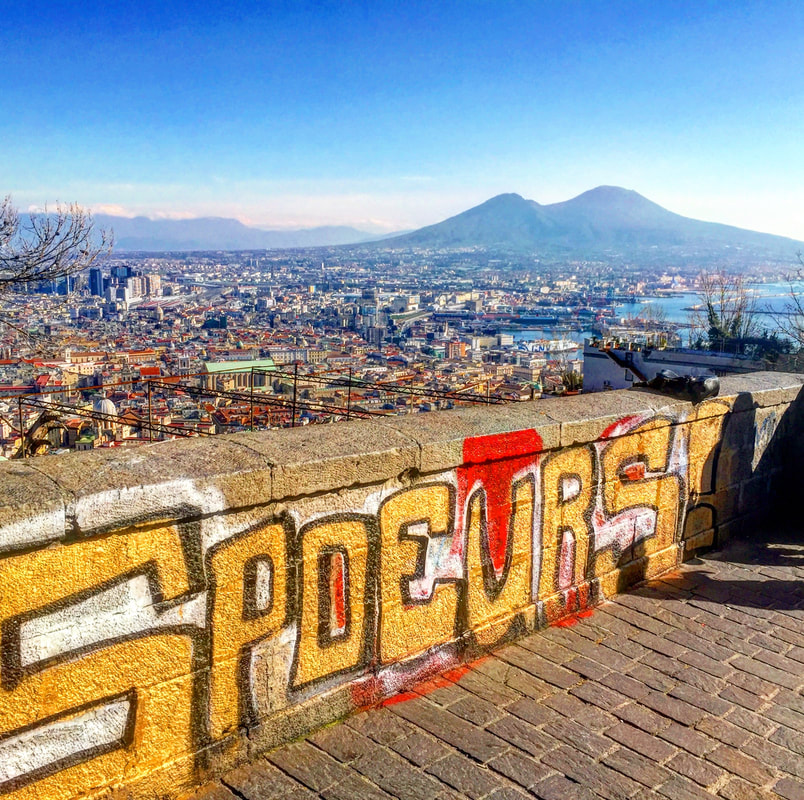
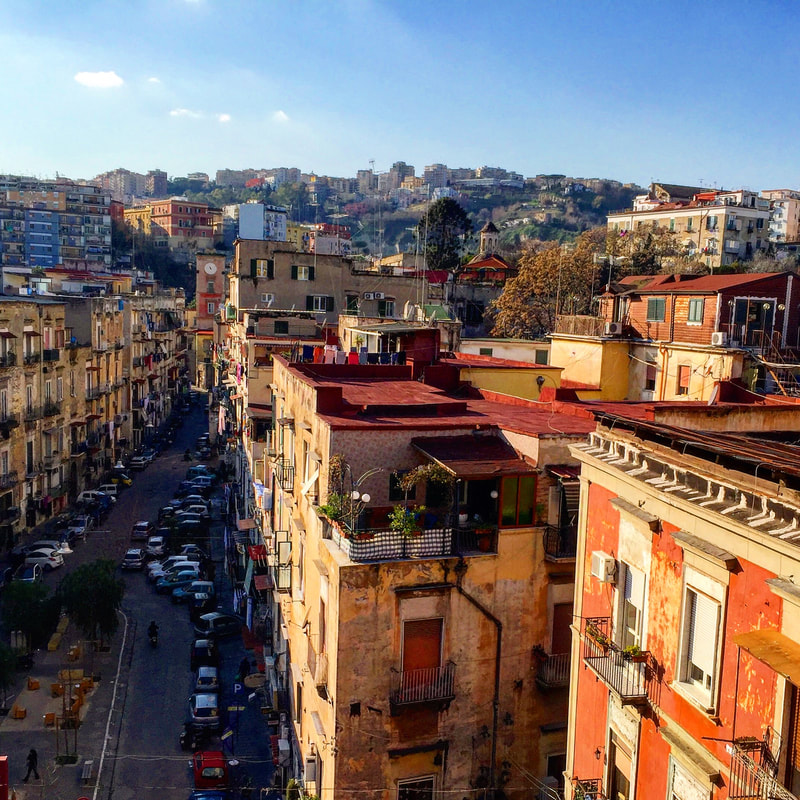
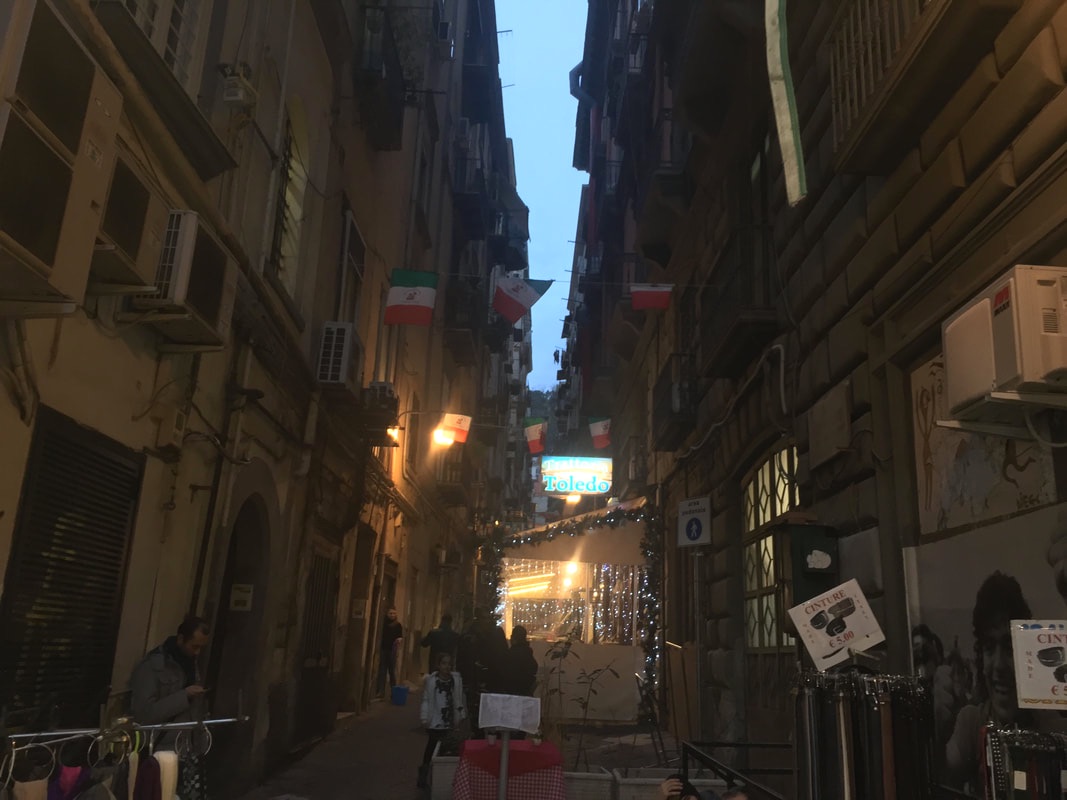

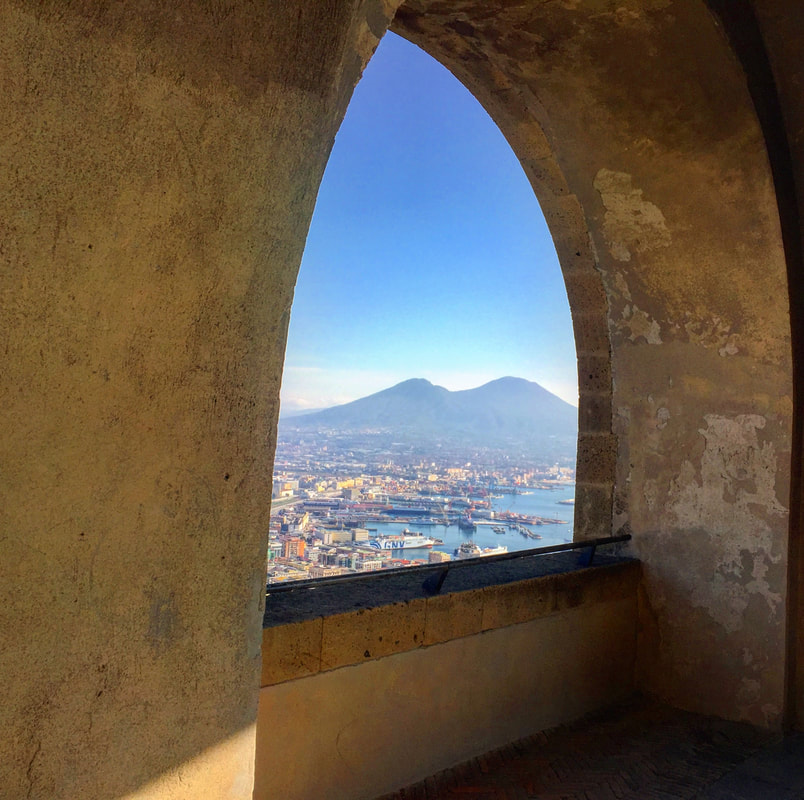

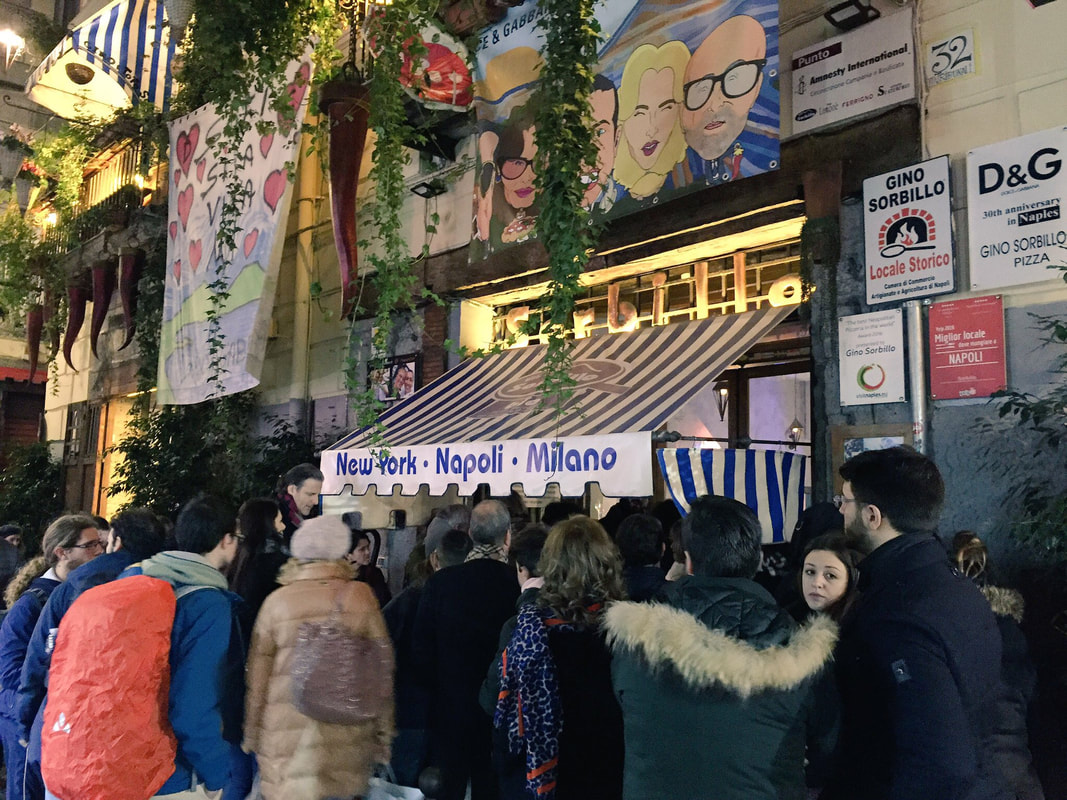
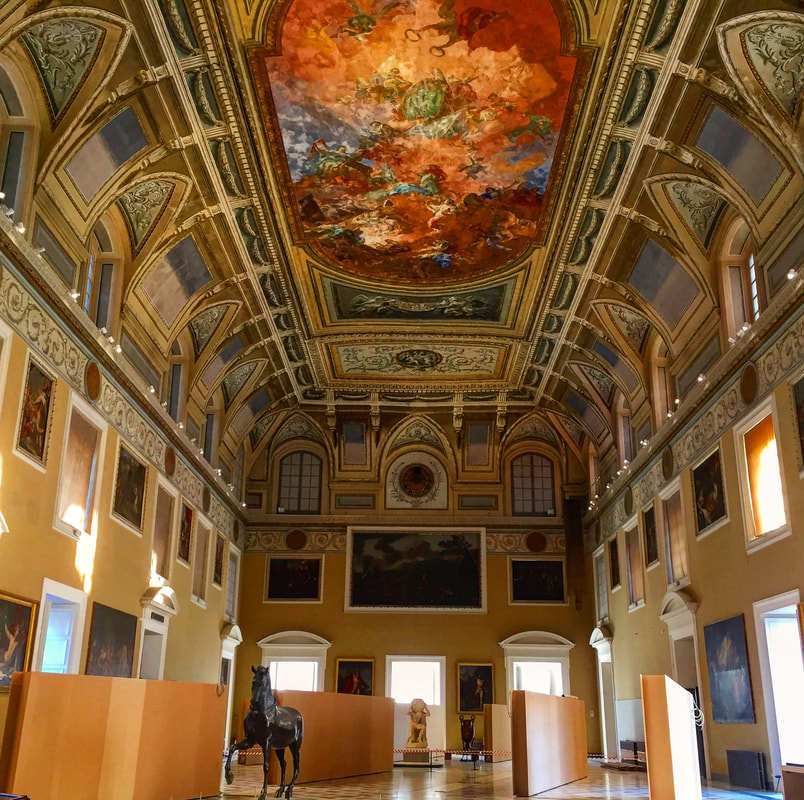
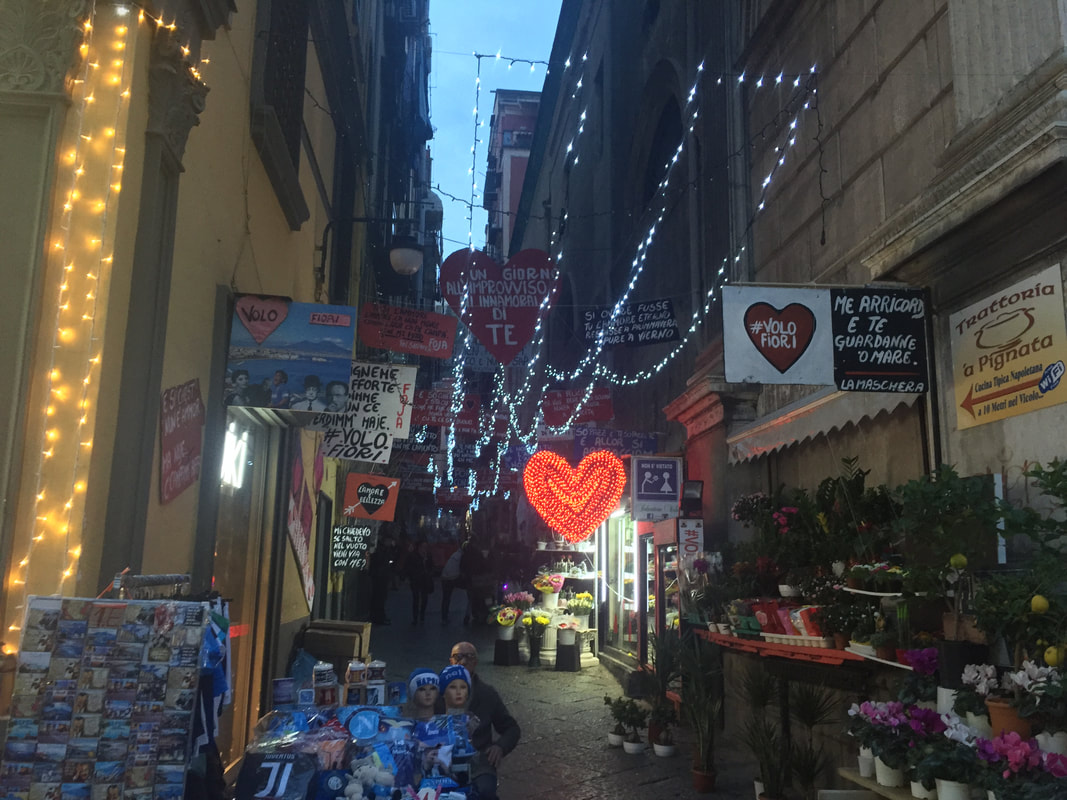

 RSS Feed
RSS Feed